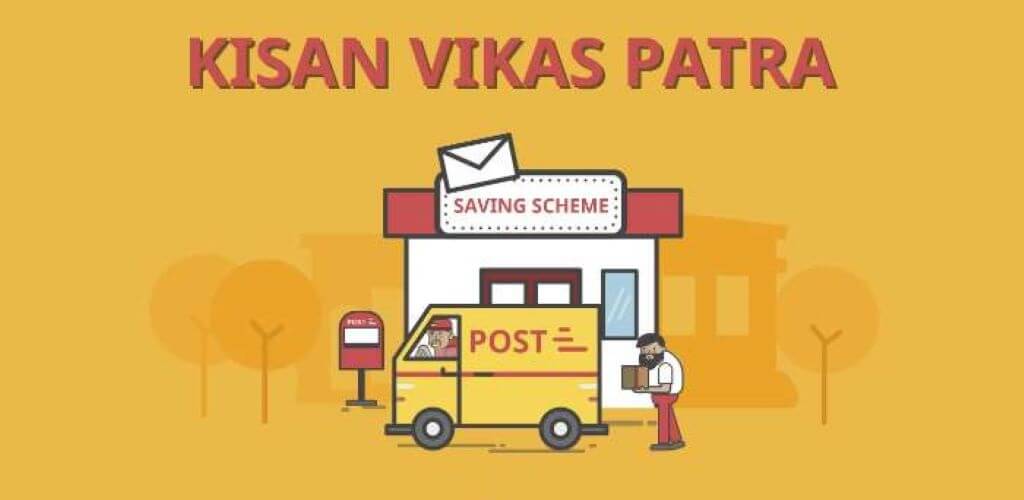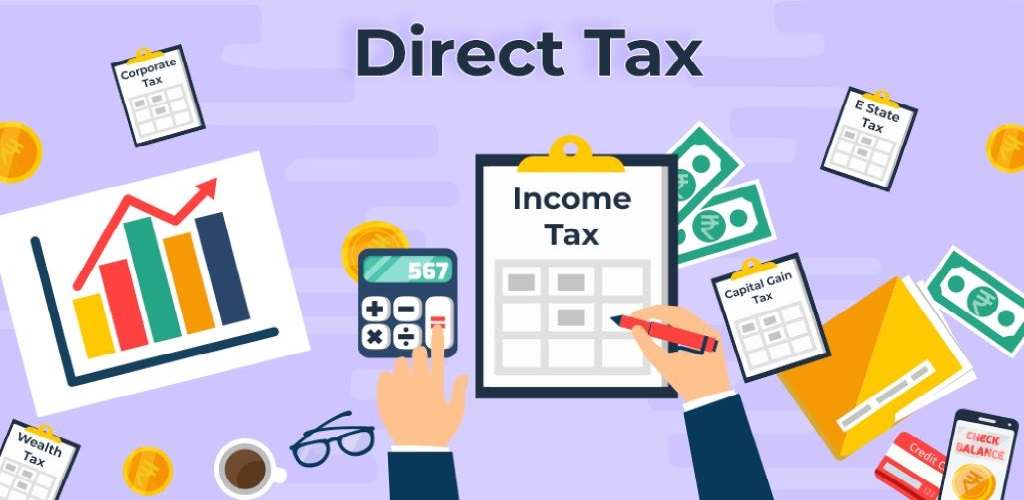Embarking on a journey of financial growth and stability often requires the right investment instruments and one such avenue that has stood the test of time is the Kisan Vikas Patra (KVP). This government-backed savings scheme holds a special place in the realm of investment options, known for its reliability and attractive returns.
In 1988, India Post introduced the Kisan Vikas Patra, a modest savings certificate program aimed at promoting long-term financial discipline among the public. As of the latest update, the scheme has a tenure of 115 months (9 years and 7 months).
There is no maximum limit for investment in this scheme, with the minimum investment set at Rs. 1,000. Upon completion of the 115 months, investors can receive a lump sum amount that is twice their initial investment. The name “Kisan Vikas Patra” originates from its initial purpose of assisting farmers in saving money for the future. Still, it is now accessible to individuals from all walks of life.
In 2014, the government mandated the submission of PAN card details for investments exceeding Rs. 50,000 to curb the risk of potential money laundering. For deposits exceeding Rs. 10 lakhs, individuals are required to furnish proof of income, which may include documents such as pay slips, bank statements, and income tax return (ITR) paperwork. These measures aim to enhance transparency and comply with regulatory standards in financial transactions.
Who is eligible to enroll in Kisan Vikas Patra?
The following are eligible for investing in KVP:
- The candidate needs to be a citizen of India.
- The candidate needs to be older than eighteen (18).
- A grown-up may apply on behalf of a juvenile or an insane person.
- Non-resident Indians (NRIs) and Hindu Undivided Families (HUFs) are not permitted to invest in KVP.
What are the Different Types of KVP Certificates Available?
A Kisan Vikas Patra comes in the following types:
- Single Holder Type Certificate
An adult has the flexibility to acquire a Kisan Vikas Patra (KVP) either on their behalf or on behalf of a minor. This feature allows individuals to make investments for themselves or to initiate savings on behalf of a young beneficiary, such as a child. It offers a versatile investment option catering to both individual financial planning and long-term financial goals for minors.
- Joint A Type Certificate
Where the KVP is jointly held, the maturity amount is payable to both the primary account holders and the survivor. This means that in the event of the demise of one of the account holders, the surviving joint holder is entitled to receive the maturity amount.
- Joint B Type Certificate
When the KVP is jointly held by two adults, the maturity amount is typically payable to either the survivors or the surviving owner. In the case of joint ownership, the arrangement can be structured to allow flexibility in determining how the maturity proceeds are distributed in the event of the demise of one of the account holders.
Kisan Vikas Patra’s (KVP) maturity amount is disbursed to the joint owners in the case of both Type A and Type B. In instances where adulthood is attained by the heir and owners collectively or by one of the heirs individually, the maturity proceeds are released to the joint owners.
Features and Benefits of Kisan Vikas Patra
The list mentioned below offers a brief idea about the same –
- Assured Returns
Despite market fluctuations, individuals who invest in this scheme are guaranteed to generate a fixed sum. This feature is intended to encourage higher savings, offering investors a sense of security and predictability.
- Compounding Interest
The interest rate of the Kisan Vikas Patra (KVP) scheme is subject to change, contingent on the year of investment. As of the financial year 2023-2024, the interest rate stands at 7.5%. The interest accrued on the invested amount is compounded annually, contributing to increased returns for individuals over time.
- Time Horizon
The Kisan Vikas Patra (KVP) scheme has a predetermined time horizon of 115 months. Upon completion of this specified period, the scheme matures, and the KVP scheme holder becomes eligible to receive the accumulated corpus. If individuals decide to withdraw the proceeds after the maturity period, the amount will continue to accrue interest until the actual withdrawal takes place. This provision allows for additional interest earnings during the period between maturity and withdrawal.
- Investment
Individuals have the flexibility to contribute to this scheme with a minimum investment of Rs. 1,000, and there is no upper limit, allowing them to invest as much as they wish. It’s important to note that the deposited amount must be in multiples of Rs. 1,000. When the investment surpasses Rs. 50,000, PAN details are mandatory, and the transaction must be processed through a city’s head post office, ensuring compliance with regulatory requirements.
- Tax Deductions
When an amount is withdrawn post-maturity from the Kisan Vikas Patra (KVP) scheme, it is exempt from Tax Deducted at Source (TDS). However, it’s crucial to note that the KVP scheme does not qualify for any tax deductions under Section 80C of the Income Tax Act. While the maturity amount is not subject to TDS, investors should be aware that the returns from the KVP scheme are generally taxable according to the prevailing income tax laws.
- Nomination
Individuals have the option to designate a nominee and to do so, they must complete a nomination form. The form requires them to provide the necessary details of the chosen nominee, and upon completion, it should be submitted. Importantly, individuals also have the flexibility to nominate a minor as their chosen nominee.
- Loan Against a Certificate
Individuals have the option to obtain a loan against their investment in the Kisan Vikas Patra (KVP) scheme. The KVP certificate functions as collateral when applying for a secured loan, allowing individuals to borrow money by using their investment as security. Loans against KVP certificates often come with lower interest rates compared to unsecured loans, offering a cost-effective borrowing solution for individuals in need of liquidity while preserving their KVP investment.
Know the Premature closure Criteria for your KVP account
The premature closure of the Kisan Vikas Patra (KVP) is permissible at any time before maturity, subject to specific conditions:
- In the event of the demise of the sole account holder or any or all of the joint account holders.
- Upon forfeiture by an officer of the Gazette pledgee.
- Upon receiving a judicial order.
- After two years and six months from the date of deposit.
Can one person transfer the account to another person?
The transfer of Kisan Vikas Patra (KVP) between individuals is only feasible under the following circumstances:
- To the nominee or legal heirs in the event of the account holder’s death.
- To the joint holder(s) upon the death of the account holder.
- As directed by a court order.
- Following an account pledge to the designated authority.
Steps to invest in Kisan Vikas Patra and documents required
Investing in Kisan Vikas Patra is a simple process, outlined below:
- Obtain Form A, the application, and complete it with the required information.
- Submit the completed form to the bank or post office.
- If an agent is involved in making the KVP investment, the agent must complete Form A1. Both Form A and Form A1 are available for download online, providing a convenient option for investors.
- As part of the essential Know Your Customer (KYC) process, it is mandatory to provide a copy of your ID and proof of address. Acceptable documents for this purpose include a PAN card, Aadhaar card, voter’s ID, driver’s license, or passport.
- Once the paperwork is confirmed, the deposit needs to be made promptly. Acceptable forms of payment include cash, a locally issued check, a pay order, or a demand draft made out to the postmaster.
- Unless you make the payment using a demand draft, money order, or check, you will receive the Kisan Vikas Patra (KVP) certificate immediately. It is important to keep this certificate secure, as you will be required to surrender it when it matures. Alternatively, you have the option to request the authorities to email the certificate to you for convenience and safekeeping.
if investing in Kisan Vikas Patra aligns with your financial goals, it’s advisable to initiate the investment promptly. The process is relatively straightforward—visit the nearest post office with the required funds to open and operate the account. This simplicity makes it an accessible option for those looking to make a sound financial move.
Frequently Asked Questions
Listed below are the frequently asked questions related to the Kisan Vikas Patra.
Yes, you can transfer your certificate from one post office or bank to another by completing an application using Form B at that location. The application must be signed by the holder or holders, with the possible exception of Joint “A” type certificates, where one joint account holder may sign it in the event of the other’s death.
No, after a successful transfer, a replacement certificate bearing the transferee’s name and the original issue date will be made accessible.
It will be 115 months, or 9 years and 7 months, until your KVP investment doubles.
KVP is not qualified for the 80C deductions, hence the returns are subject to full taxation. The tax deduction at source (TDS) does not apply to withdrawals made after the scheme matures.
Upon the scheme’s maturity, the required amount will be quickly credited to the certificate holder’s bank or post office savings account. Consequently, the KVP’s encashment can be handled by the post office or bank where it was issued. To pay the check, you must submit the identity slip that was given to you at the time of issuance.
You can encash KVP at any location if the Post Office confirms that you launched KVP and accepts your identity slip. It would be much simpler for you if you could cash your KVP at the post office where it was issued.
If the KVP certificate is not cashed when it matures, you will be entitled to the post office savings interest at the rate that applies to the entire payable maturity amount during the specified period. If the certificate is cashed within a month of the scheme’s maturity, no interest will be paid.








